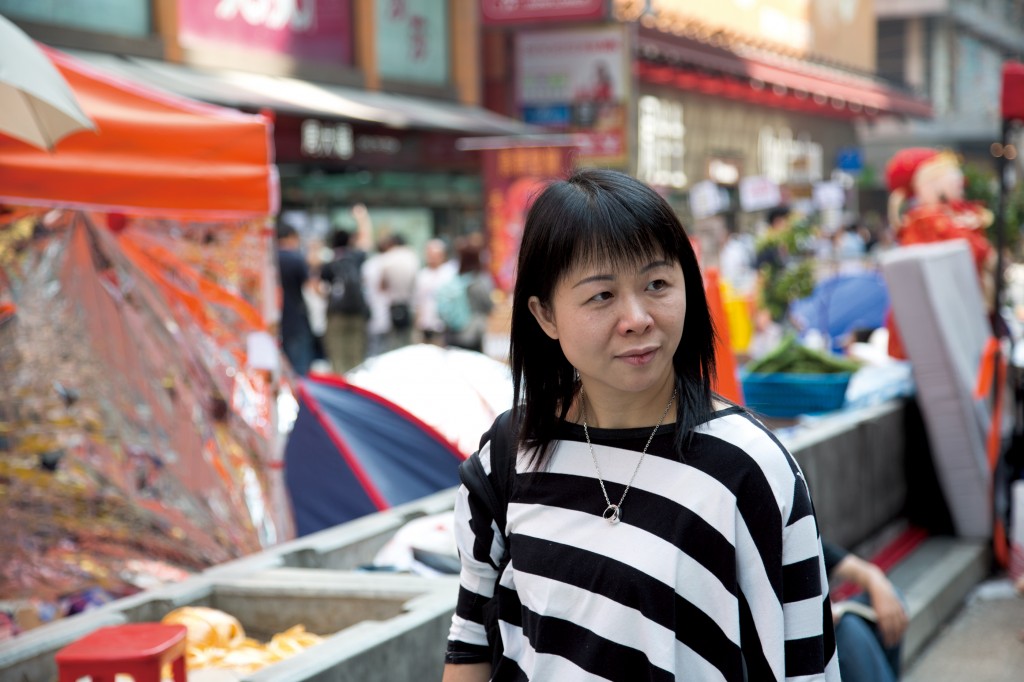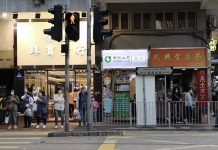However, as the impasse between the occupiers and the government went into a second month, the tide of public opinion began to turn. Poll results released in November put the percentage of respondents against the movement at 43.5 per cent, compared with 33.9 per cent who still supported it. Around two thirds of respondents wanted to see the movement end but more than half thought the government should offer concessions to end it. The impact on businesses caused by the occupation fuelled growing discontent against the movement.
In response, the movement’s supporters tried to engage the community by organising outreach activities, visiting affected neighbourhoods and knocking on doors in an attempt to win back support.
While the movement may not have brought about any concrete results yet, it has already successfully triggered the political awakening of many Hongkongers, who had originally been politically apathetic. Sanna Tsang, 43, was on her way to dinner with her friends when she learnt on social media that police were using tear gas to disperse protesters at Admiralty. “We immediately changed route and headed to Admiralty [to support the students]. We were bewildered. How could that happen?” she recalls.
Tsang, who finds reading traditional newspapers very tedious, describes her life as “only work and play”. “I only care about what to eat or drink, where to travel. I’m politically indifferent,” she says. “I was like a normal citizen. Go to work, get off from work and I don’t think much about the future.

But on 28th September, even after she returned home, she kept scrolling through her phone, looking at internet news to keep herself in the loop and try to process the whole incident. “I don’t understand why they have to treat students like this. It made my heart ache,” tears fall down Tsang’s cheeks as she recalls the scene. She began to ponder on what prompted the students to take to the streets and had led to the mounting frustration with Hong Kong’s governance.
For Tsang, who is used to sharing photos of her daily life and keeping in contact with her friends on social media, navigating social media sites to find information is a piece of cake. Now she feels as though she is addicted as she constantly checks her phone to keep herself updated. “I keep finding and following [pages] related to Occupy Central. I feel as though I’ve gone crazy, I would wake up in the middle of the night just to check what’s been happening,” she says.
As dissatisfaction with the conservative stance of mainstream media grows, readers are turning towards news disseminated in online social media platforms. Pages that gather news and information from amateur journalists have sprung up on Facebook, providing alternative sources of information and attracting tens of thousands of followers.
With a full-time job as a saleswoman, Tsang can only drop by the occupied areas occasionally, so she is delighted when she finds these pages that provide instant news on the latest happenings in the occupied areas.
However, encountering so many different voices and opinions on the Internet, Tsang sometimes feels baffled as well. “There’re a lot of different people portraying things differently on the Internet. I start to wonder if what I believe in is true. Am I looking at something real? … I will keep asking myself these questions.”
Perhaps she has yet to find a definitive answer. But by asking these questions, she has already taken a step into the battleground of competing information.
Edited by Rachel Cheung










































